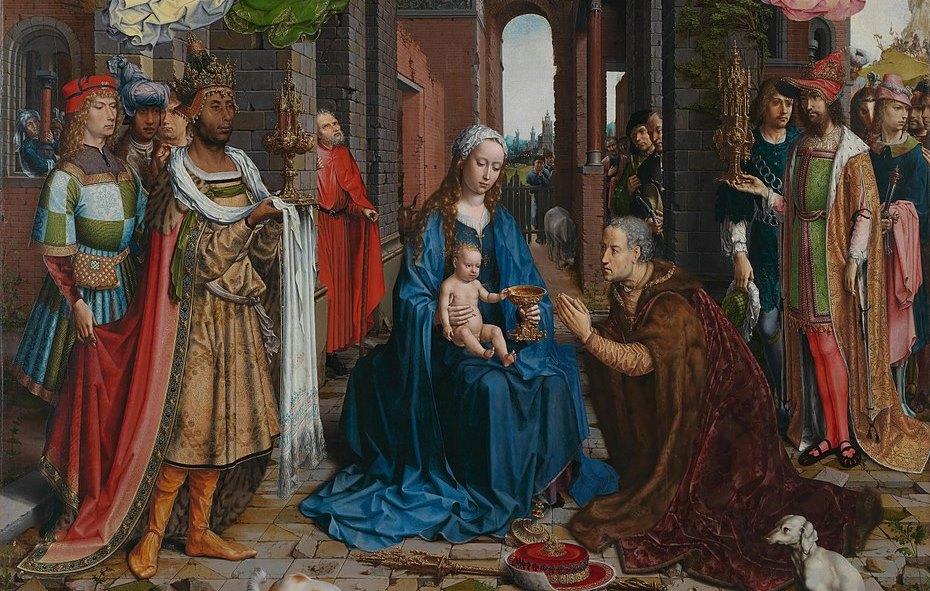It’s easy to forget the purpose of Christmas with the hustle and bustle that comes with holiday shopping. This holiday season, I wish to use Jan Gossaert’s painting “The Adoration of the Magi” to remind us why Christmas is so special.
The Birth of Jesus
“The Adoration of the Magi,” also known as “The Adoration of the Kings,” depicts the biblical story presented in Matthew 2 in which three wise men, guided by a star, travel from the East to see the newly born Jesus Christ.On their way, the three wise men ask where they can find the newborn who was prophesied to be king, for they journey to give gifts to and worship the young one.





